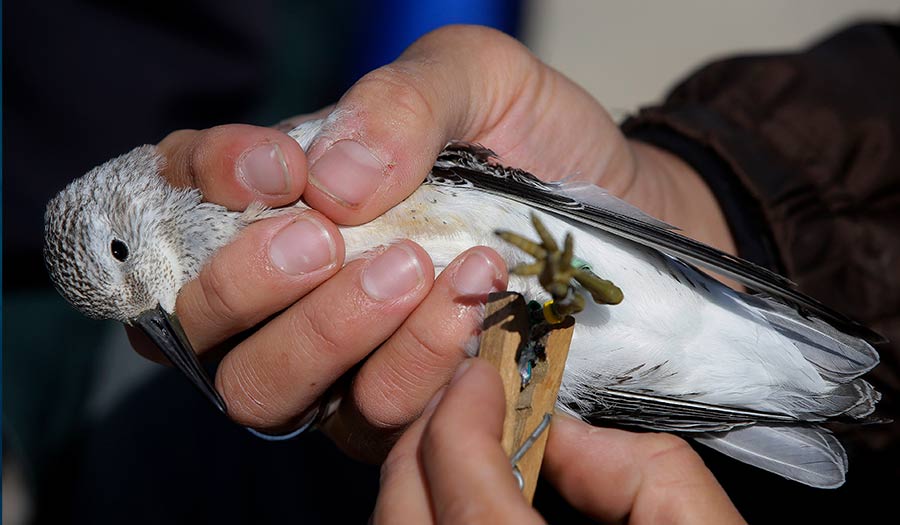 AP/Stephan Savoia
AP/Stephan Savoia
World News Desk
Learn the why behind the headlines.
Subscribe to the Real Truth for FREE news and analysis.
Subscribe NowWASHINGTON (AP)—Nearly half of the world’s migratory species are in decline, according to a new United Nations report released Monday.
Many songbirds, sea turtles, whales, sharks and other migratory animals move to different environments with changing seasons and are imperiled by habitat loss, illegal hunting and fishing, pollution and climate change, the report said.
About 44 percent of migratory species worldwide are declining in population, it found. More than a fifth of the nearly 1,200 species monitored by the UN are threatened with extinction.
“These are species that move around the globe. They move to feed and breed and also need stopover sites along the way,” said Kelly Malsch, lead author of the report released at a UN wildlife conference in Samarkand, Uzbekistan.
Habitat loss or other threats at any point in their journey can lead to dwindling populations.
“Migration is essential for some species. If you cut the migration, you’re going to kill the species,” said Duke University ecologist Stuart Pimm, who was not involved in the report.
The report relied on existing data, including information from the International Union for Conservation of Nature’s Red List, which tracks whether a species is endangered.
Participants of the UN meeting plan to evaluate proposals for conservation measures and also whether to formally list several new species of concern.
“One country alone cannot save any of these species,” said Susan Lieberman, vice president for international policy at the nonprofit Wildlife Conservation Society.
At the meeting, eight governments from South America are expected to jointly propose adding two species of declining Amazon catfish to the UN treaty’s list of migratory species of concern, she said.
The Amazon River basin is the world’s largest freshwater system. “If the Amazon is intact, the catfish will thrive—it’s about protecting the habitat,” Ms. Lieberman said.
In 2022, governments pledged to protect 30 percent of the planet’s land and water resources for conservation at the UN Biodiversity Conference in Montreal, Canada.
- Real Truth Magazine Articles
- ANALYSIS
 Extinction Crisis: 1 Million Species Under Threat
Extinction Crisis: 1 Million Species Under Threat
More on Related Topics:
- India’s Capital Chokes as Air Pollution Levels Hit 50 Times the Safe Limit
- Record-setting Dry Conditions Threaten More U.S. Wildfires, Drinking Water Supplies
- Death Toll from Spanish Floods Climbs as Shock Turns to Anger and Frustration
- Residents Slog Through Flooded Streets, Clear Debris After Hurricane Milton Tore Through Florida
- A Week After Helene Hit, Thousands Still Without Water Struggle to Find Enough


